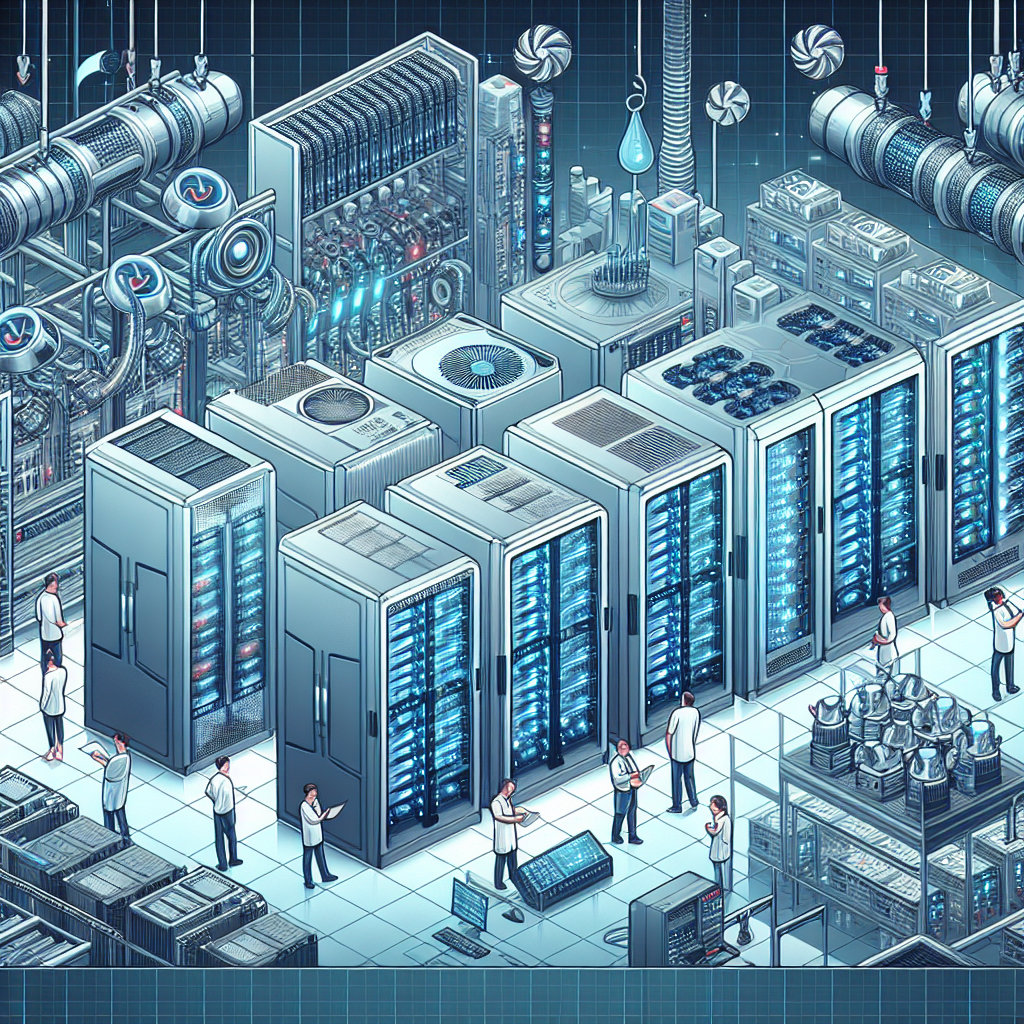As technology continues to advance at a rapid pace, the demand for data centers is also on the rise. With the increasing amount of data being generated and stored, data centers are becoming essential in today’s digital age. However, the energy consumption and cooling requirements of data centers are also increasing, posing a challenge for companies to find sustainable and efficient cooling solutions.
In recent years, data center cooling has seen significant advancements, with new trends emerging to address the growing demand for more energy-efficient and cost-effective solutions. Here are some of the future trends in data center cooling solutions that are shaping the industry:
1. Liquid Cooling: Liquid cooling is gaining popularity as a more efficient alternative to traditional air cooling systems. By using liquid coolant to remove heat from servers, liquid cooling can achieve higher cooling capacities and reduce energy consumption. This technology is also more compact, allowing for denser server configurations and reduced space requirements.
2. Direct-to-Chip Cooling: Direct-to-chip cooling solutions involve cooling the heat-generating components of servers directly, rather than cooling the entire server. This approach can significantly improve cooling efficiency and reduce energy consumption by targeting the heat source directly.
3. Immersion Cooling: Immersion cooling is a technology that involves submerging servers in a dielectric fluid to dissipate heat. This method can provide more efficient cooling compared to traditional air cooling systems, as the fluid has a higher heat capacity and can absorb heat more effectively.
4. AI-Driven Cooling: Artificial intelligence (AI) is being integrated into data center cooling systems to optimize cooling efficiency. By using AI algorithms to analyze data center temperature and workload patterns, cooling systems can adjust their operations in real-time to maximize efficiency and reduce energy consumption.
5. Renewable Energy Integration: As sustainability becomes a priority for many companies, data center cooling solutions are increasingly being powered by renewable energy sources such as solar or wind power. By integrating renewable energy into cooling systems, data centers can reduce their carbon footprint and reliance on fossil fuels.
6. Edge Computing: Edge computing is a trend that involves processing data closer to the source, rather than sending it to a centralized data center. This approach can reduce the need for large, centralized data centers and their associated cooling requirements, making cooling solutions more scalable and cost-effective.
Overall, the future of data center cooling solutions is focused on improving efficiency, reducing energy consumption, and increasing sustainability. As the demand for data centers continues to grow, companies will need to adopt innovative cooling technologies to meet these challenges and ensure the long-term sustainability of their operations. By embracing these future trends in data center cooling solutions, companies can optimize their cooling systems and reduce their environmental impact in the digital age.


Leave a Reply